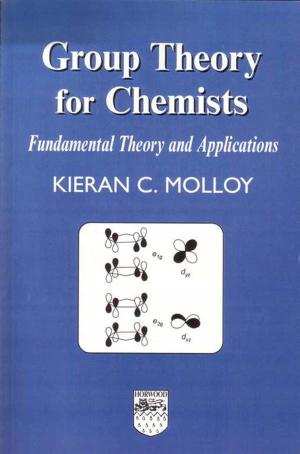Engineering Principles for Electrical Technicians
The Commonwealth and International Library: Electrical Engineering Division
Nonfiction, Science & Nature, Technology, Engineering, Mechanical| Author: | K. M. Smith, P. Holroyd | ISBN: | 9781483140308 |
| Publisher: | Elsevier Science | Publication: | October 22, 2013 |
| Imprint: | Pergamon | Language: | English |
| Author: | K. M. Smith, P. Holroyd |
| ISBN: | 9781483140308 |
| Publisher: | Elsevier Science |
| Publication: | October 22, 2013 |
| Imprint: | Pergamon |
| Language: | English |
Engineering Principles for Electrical Technicians serves as an introduction to basic engineering principles. This book discusses several topics, including rectifier equipment, pole systems, capacitors, electrical energy, and operating torque.
Organized into 23 chapters, this book begins with an overview of the different applications of forces, including gravitational, friction, accelerating, shear, tensile, and compressive force. This text then defines the center of gravity as the point through which the resultant weight acts in whatever position the body is placed. Other chapters consider the efficiency, velocity, and mechanical advantage of simple machines. This book discusses as well the value of the factor of safety that depends on the material being used and the circumstances under which the material will work. The final chapter deals with thermionic emission that is concerned with the production of charged particles at a heated surface.
This book is a valuable resource for electrical, mechanical, and telecommunications technicians.
Engineering Principles for Electrical Technicians serves as an introduction to basic engineering principles. This book discusses several topics, including rectifier equipment, pole systems, capacitors, electrical energy, and operating torque.
Organized into 23 chapters, this book begins with an overview of the different applications of forces, including gravitational, friction, accelerating, shear, tensile, and compressive force. This text then defines the center of gravity as the point through which the resultant weight acts in whatever position the body is placed. Other chapters consider the efficiency, velocity, and mechanical advantage of simple machines. This book discusses as well the value of the factor of safety that depends on the material being used and the circumstances under which the material will work. The final chapter deals with thermionic emission that is concerned with the production of charged particles at a heated surface.
This book is a valuable resource for electrical, mechanical, and telecommunications technicians.















